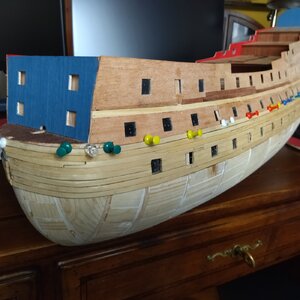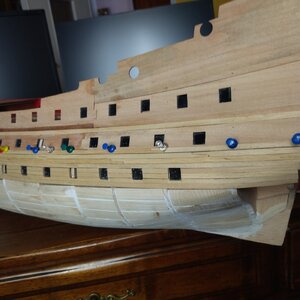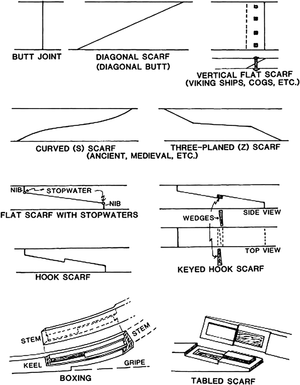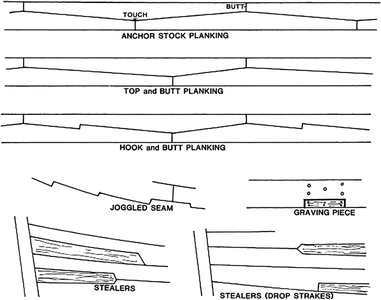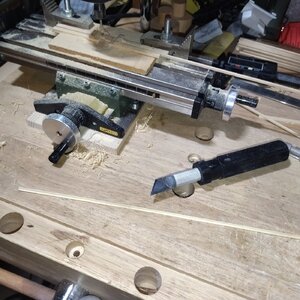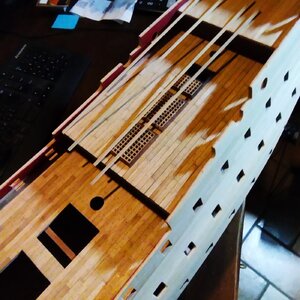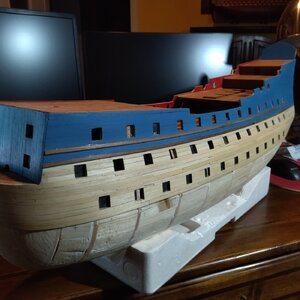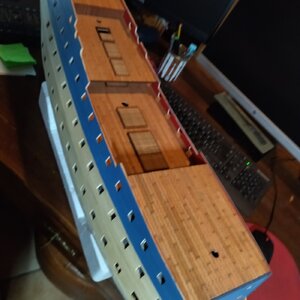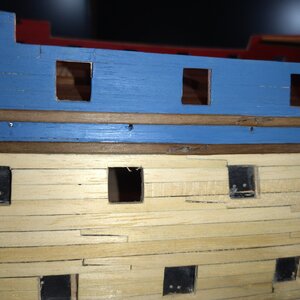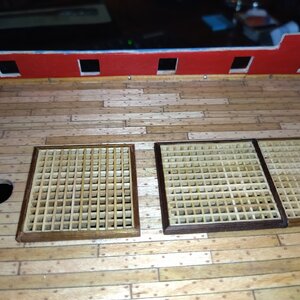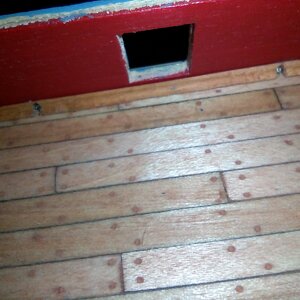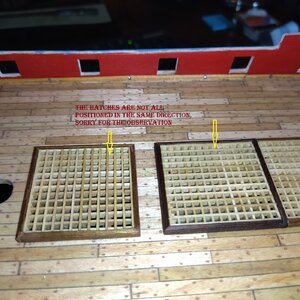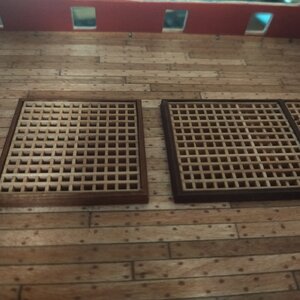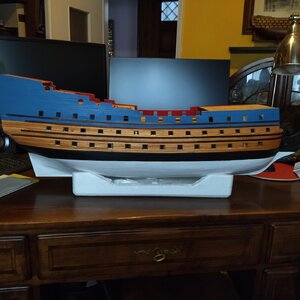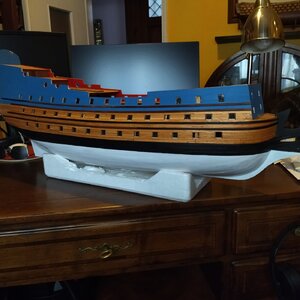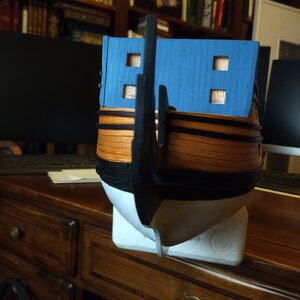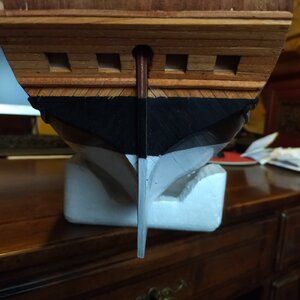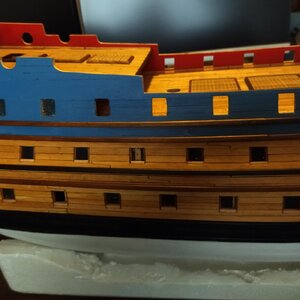- Joined
- Oct 12, 2022
- Messages
- 109
- Points
- 143

Hi Frank, this is how I began my statement: "I made some study in the last days and asked for informations to several modelists that are supposed to know their stuff".... so the answer to your question in yes, albeit there are basic rules I won't discuss.That book looks interesting, can you provide title and author please?
P.S. Mi sono accorto adesso che sei italiano anche tu, mi fa strano comunicare in inglese con un italiano (Lol!)
P.S. Mi sono accorto adesso che sei italiano anche tu, mi fa strano comunicare in inglese con un italiano (Lol!)


